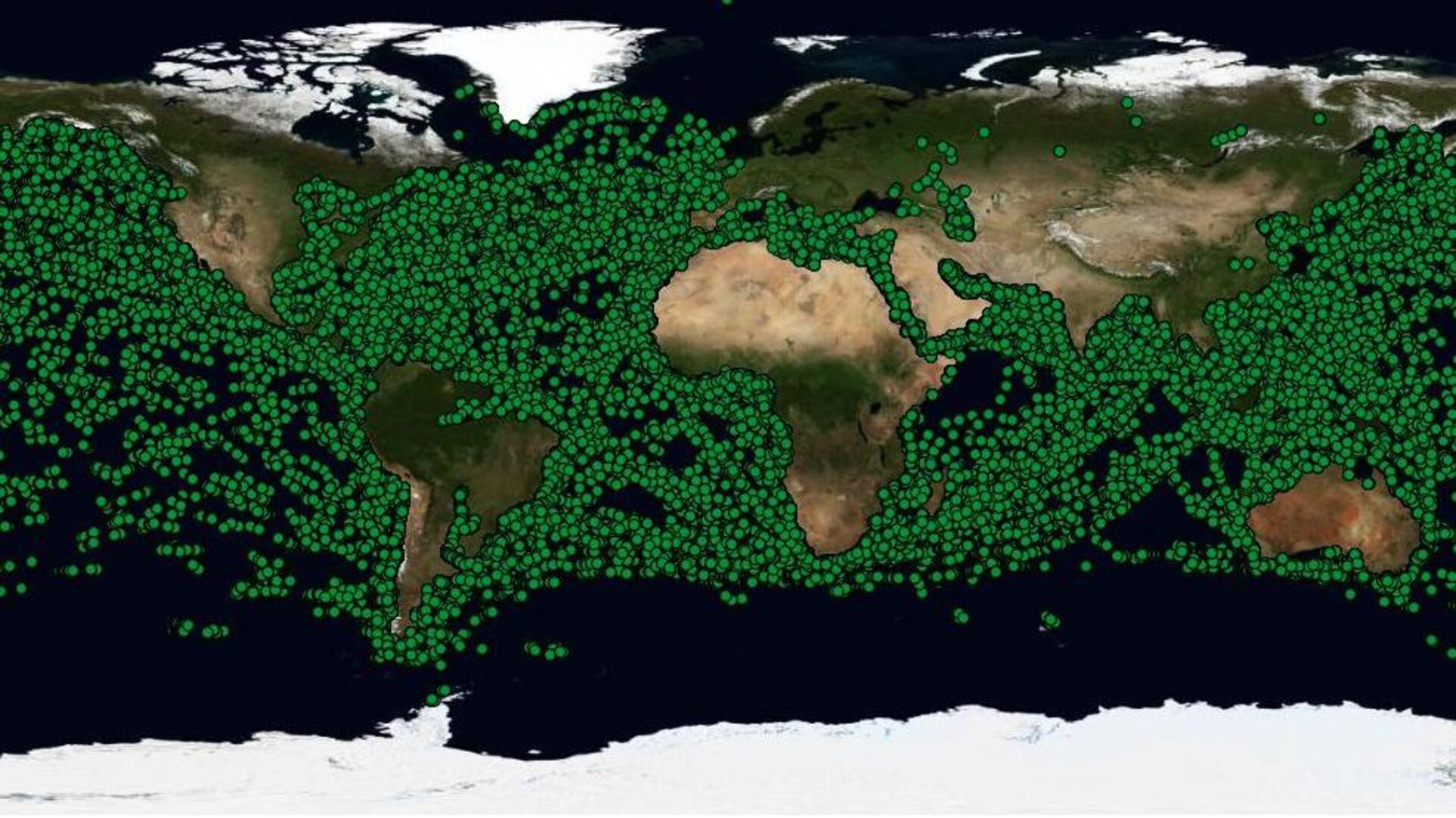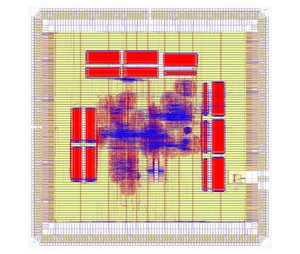LEON's first flights
The AT697 (LEON2-FT) flew for the first time in 2008, launched to ESA’s Columbus module on the Space Station within a prototype computer payload called the ERNObox.
This served to gather data on the internal Station environment before being converted into an experimental system detecting Automatic Identification System (AIS) signals from orbit – the maritime equivalent of air traffic control signals – to build up a global picture of oceangoing traffic.
The following year a second LEON2-FT chip ran the flight computer of ESA’s Proba-2 microsatellite, a technology demonstration mission focused on solar and space weather monitoring.
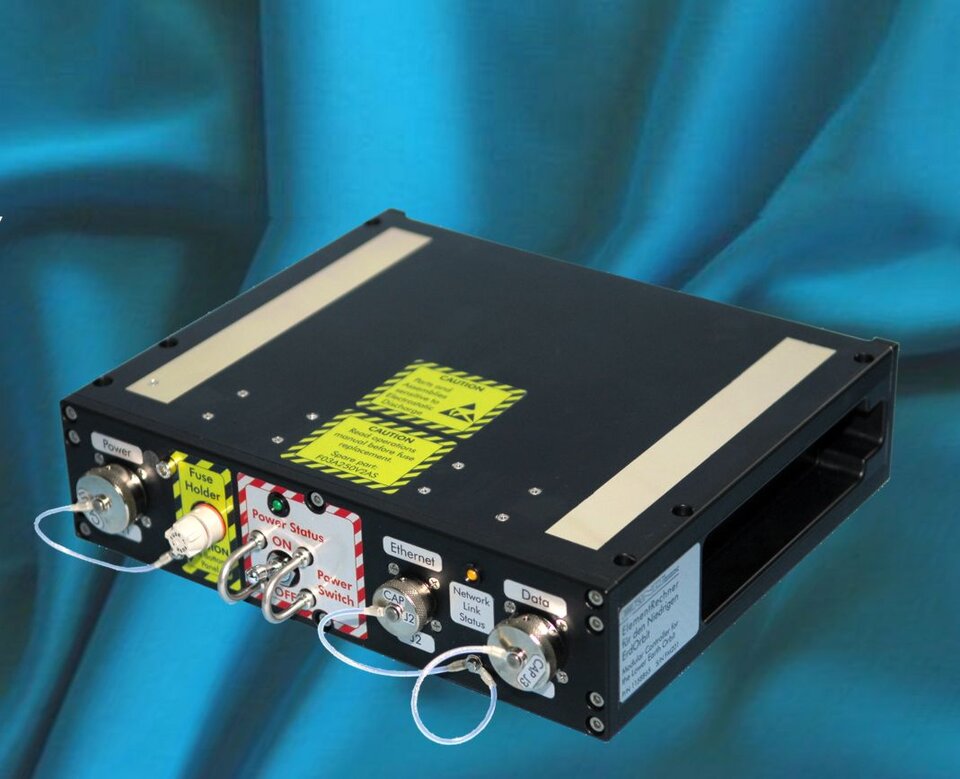
Both chips remain fully functional to this day, achieving the all-important flight heritage essential for broader market acceptance.
“About 400 flight units have been sold in the almost four years that the LEON has been on sale,” Roland added.
“It is a general-purpose microprocessor, so it can serve in a main computer to run the satellite platform, but can also be used for payload computers to oversee particular experiments.”
An intangible asset
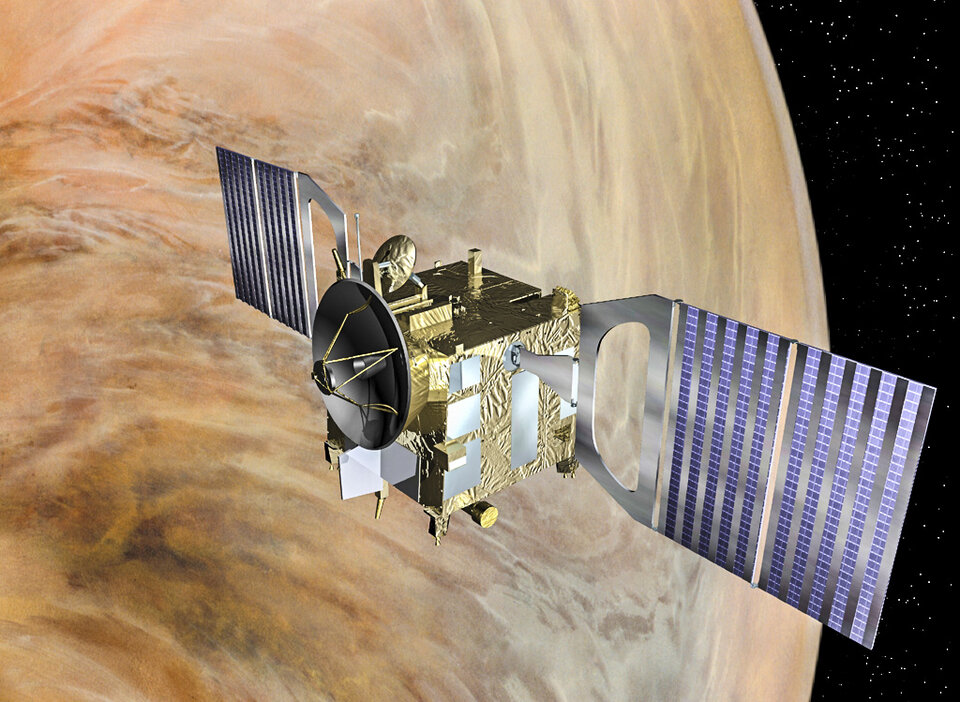
And the LEON’s versatility extends beyond the physical microprocessor itself. ESA also has full rights to reuse its ‘IP core’ (Intellectual Property core), meaning the underlying code that describes the circuit, the key input needed, after several design steps, to embed the circuit onto a real chip.
Existing separately from the manufactured circuit, this LEON ‘source code’ therefore can be applied to various different platforms, such as becoming part of a dedicated ‘system on a chip’ with specialised peripheral functions, such as data compression or encoding and decoding.
“In fact, a LEON IP core actually was launched even before the AT697 into space,” said Roland. “A programmable chip based on a radiation-tolerant version of this IP core has been controlling a visual monitoring camera on ESA’s Venus Express mission since 2005.”
LEON’s next steps
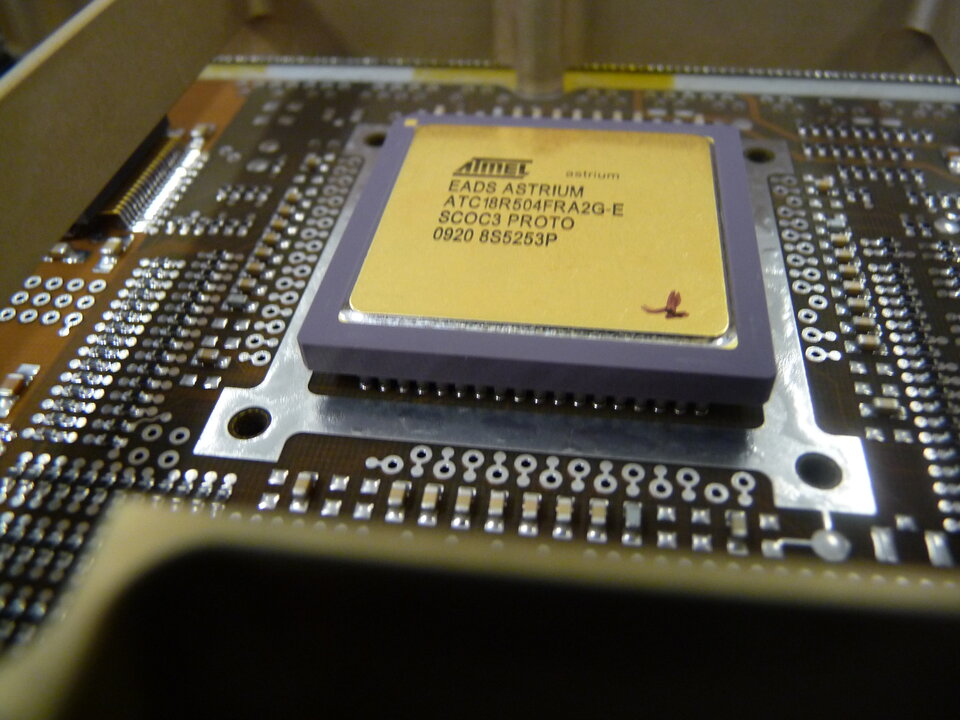
Not that the LEON story ends with the LEON2-FT. Alphasat and Europe’s Galileo navigation satellites both use next-generation LEON3-based reprogrammable chips within payload elements, embedding a new IP core evolved from the previous LEON design by Swedish company Aeroflex Gaisler.
Aeroflex Gaisler’s LEON3 is also become the basis of the SCOC3 spacecraft-computer-on-a-chip. Developed by Astrium with ESA support for manufacture by Atmel, this single component has sufficient functionality to operate an entire satellite platform or payload in space.
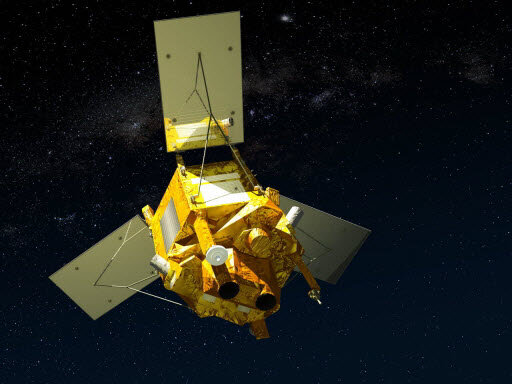
The SCOC3 is already flying in orbit, an integral part of missions including France’s Spot-6 Earth observation satellite launched in September 2012.
And ESA has contracted with Göteborg-based Aeroflex Gaisler to develop the Next Generation Microprocessor (NGMP) for the decade to come, which will be based on the LEON4 microprocessor: four CPUs will serve a comprehensive set of peripherals to provide a further boost in processing performance, reflecting a similar move to multicore processors in terrestrial markets.
(Continued in LEON: the making of a microprocessor for space).


